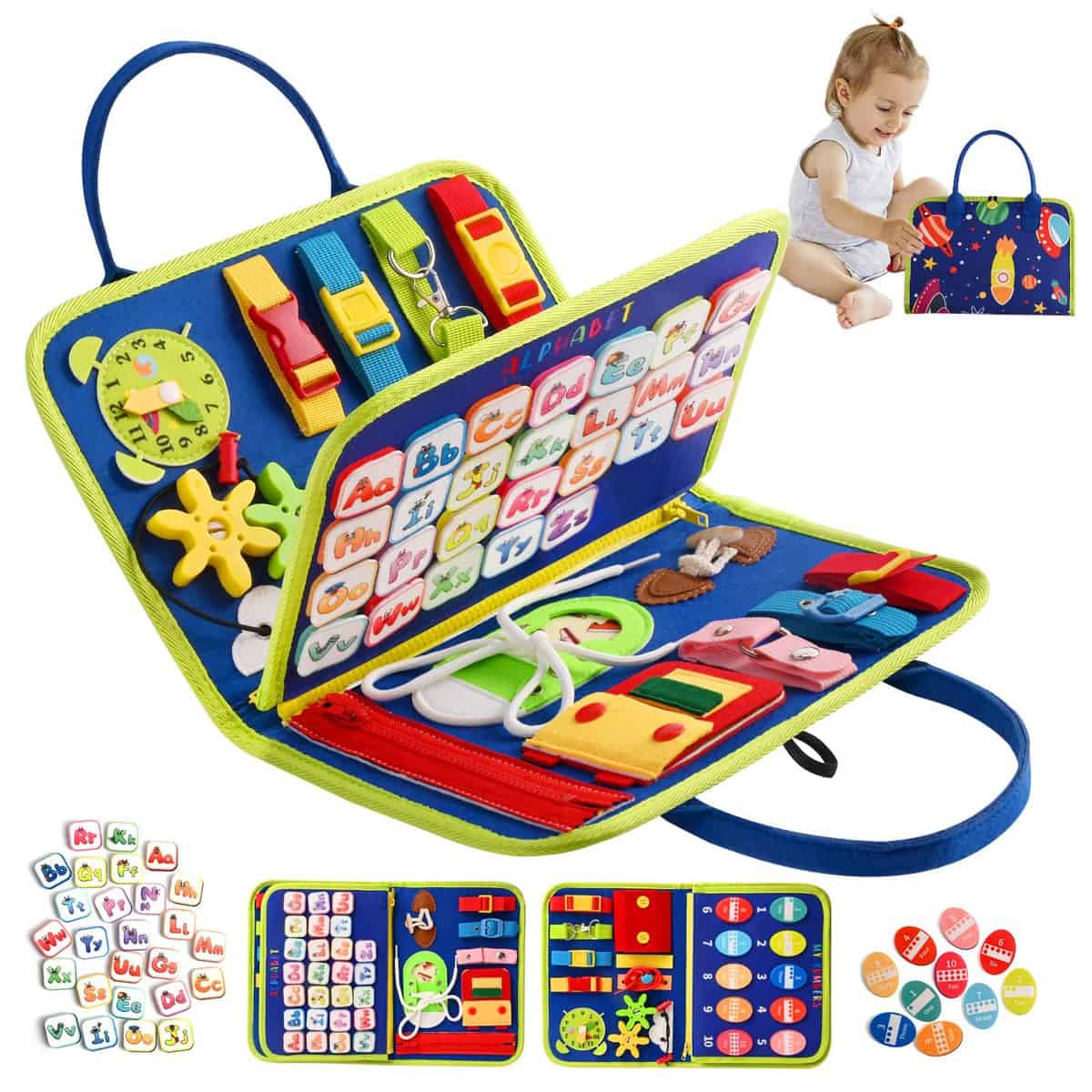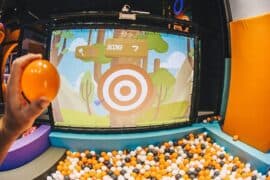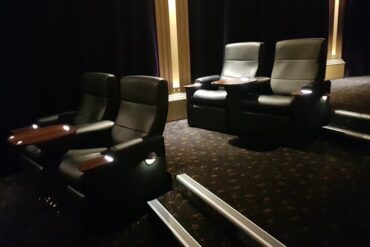Engaging The Senses: Top Sensory Toys for 3-Year-Olds
Welcome, wonderful parents, to a world where playtime is not just fun but also an essential stepping-stone in your toddler’s development! Do you have a curious 3-year-old who is fascinated by the world around them? Sensory toys are here to turn their curiosity into an educational journey through the joy of play. In this ultimate guide, we’ll explore the magical realm of sensory toys that are perfect for your three-year-old’s developmental stage.
Why Sensory Play is Important for Toddlers
Before we dive into the delightful selection of toys, let’s understand why sensory play is a superstar in early childhood development. Sensory toys are designed to engage a child’s senses including touch, smell, taste, sight, and hearing. This form of play supports language development, cognitive growth, motor skills, problem-solving skills, and social interaction. It’s not just about giving your little one something to play with – it’s about opening doors to new ways of understanding the world!
Our Curated Picks for Sensory Toys
Now, let’s take a look at some handpicked sensory toys that are set to be your 3-year-old’s new favorites! Remember, each child is unique, so consider your child’s interests and needs when selecting toys:
Colorful Play Dough Sets
Play Dough sets are fantastic for squishing, squashing, rolling, and molding. This hands-on activity doesn’t just ignite creative sparks; it also strengthens small hand muscles, preparing those little fingers for writing adventures ahead!
Interactive Sound Books
Interactive Sound Books are an auditory feast for eager ears. Stories that come alive with sounds introduce your little ones to a symphony of words, extending their vocabulary and auditory processing abilities.
Textured Ball Sets
Textured Ball Sets are perfect for little hands to explore different materials. From soft to ridged, these balls can bounce, roll, and offer tons of tactile feedback, encouraging both gross and fine motor skills.
Water Play Tables
Water Play Tables bring splashing fun that enhances learning. Scooping, pouring, and stirring water or sand, this sensory table teaches cause and effect, and the concept of volume and buoyancy.
Ensuring Safe Sensory Play
Safety is paramount when it comes to choosing toys for our toddlers. Always opt for non-toxic, BPA-free, and age-appropriate toys to ensure a safe play environment. Look for toys that are durable and easy to clean, as we all know that a 3-year-old’s exploration can sometimes be messy!
Ready to make your home a sensory haven for your 3-year-old? Stay tuned as we delve deeper into each type of sensory toy, offering you detailed insights on how they can benefit your child, and our top recommendations for hours of stimulating play. Trust us, your little ones are going to love the sensory journey you’re about to embark on together!
Engaging your three-year-old with sensory toys is just the beginning of a wonderful adventure in learning and development. We’ll explore textures, sounds, and sights in ways that will captivate and inform. Every clap of joy, every giggle, every “aha!” moment is a step towards nurturing a well-rounded, happy child.
Get ready to see your child flourish with every play and stay tuned for our in-depth guide to each kind of sensory toy. It’s time for a sensory exploration that opens up a world of possibilities for your treasured tot – we promise it’s going to be as rewarding as it is fun!

5 Things Parents Should Know When Preparing for Sensory Toys for 3-Year-Olds
-
Understanding Sensory Needs
Every child is a unique individual with different sensory needs. Some children may seek certain sensory input to feel calm, while others might be more sensitive or avoidant. Pay attention to your little one’s reactions to various stimuli to choose toys that cater to their preferences and developmental milestones.
-
Balancing Variety and Familiarity
While it’s advantageous to offer a variety of sensory experiences, it’s equally important to provide a sense of familiarity. This can be achieved by introducing new sensory toys alongside well-loved favorites, so as to not overwhelm your 3-year-old with too many new stimuli at once.
-
Integrating Sensory Play into Routine
Consistency can make sensory play a more impactful part of development. Integrate sensory toys into a daily routine to help your child become accustomed to and look forward to their sensory exploration, making it a fun and expected part of their day.
-
Watching for Signs of Overstimulation
While sensory play is beneficial, too much stimulation can be overwhelming. Keep an eye on your child for signs of sensory overload—such as irritation, fussiness, or withdrawal—and learn to recognize when it’s time to take a break or shift to a more calming activity.
-
Connecting Through Play
Sensory toys provide a wonderful opportunity for you to bond with your toddler. Engaging with them during playtime not only enhances their experience but also fosters emotional connections. It’s a chance to guide their discoveries, share in their amazement, and communicate, turning play into a loving and educational experience.
Understanding your child’s individual sensory profile and integrating sensory toys into their routine can immensely contribute to their developmental growth. With thoughtful selection and mindful engagement, sensory play can be a source of endless enjoyment and learning for your 3-year-old. Remember to observe, connect, and share in the sensory adventures with your little ones, opening up a world of textures, colors, sounds, and fun learning experiences. Happy exploring!
See more great Things to Do with Kids in New Zealand here. For more information see here
Disclaimer
The articles available via our website provide general information only and we strongly urge readers to exercise caution and conduct their own thorough research and fact-checking. The information presented should not be taken as absolute truth, and, to the maximum extent permitted by law, we will not be held liable for any inaccuracies or errors in the content. It is essential for individuals to independently verify and validate the information before making any decisions or taking any actions based on the articles.




